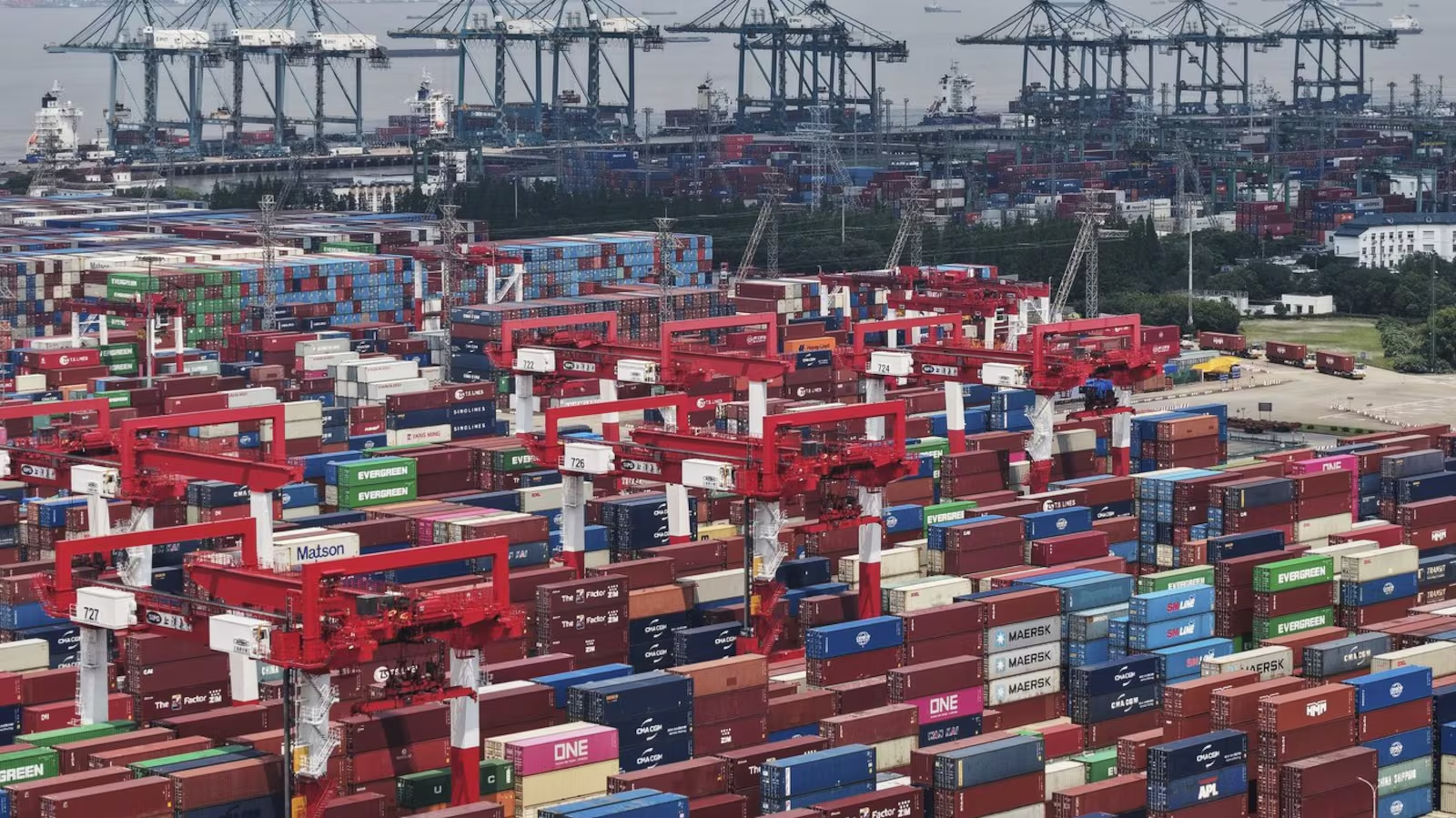BANGKOK — U.S. President Donald Trump announced late Thursday that the United States and China have signed a trade agreement, though he offered no immediate details on the pact. Commerce Secretary Howard Lutnick confirmed to Bloomberg TV that the deal was “signed and sealed” earlier in the week, but also remained tight-lipped on specifics. This latest development follows earlier negotiations in Geneva and London that laid a framework for continuing trade talks and had led to a postponement of steep tariff hikes between the world’s two largest economies.
It remains unclear if this newly announced agreement significantly differs from a previous pact Trump mentioned two weeks ago, which he said would facilitate American access to critical magnets and rare earth minerals. Rare earth elements are essential components in high-tech products like electric vehicles, wind turbines, and defense equipment, and China’s control over their export has been a major point of contention. China’s Commerce Ministry, in a statement Friday, acknowledged that both sides had “further confirmed the details of the framework,” adding that China would “approve the export applications of controlled items that meet the conditions in accordance with the law,” and the U.S. would “cancel a series of restrictive measures taken against China accordingly.” However, the Chinese statement did not explicitly mention U.S. access to rare earths.
The trade discussions have also touched upon the issue of fentanyl, with Trump pressing Beijing to do more to halt the flow of precursor chemicals used by Mexican drug cartels to produce fentanyl for the U.S. market. China recently announced it would designate two more such substances as precursor chemicals, subjecting them to stricter regulations. Tariffs imposed by the Trump administration related to fentanyl, as well as duties on aluminum and steel, remain in place, despite earlier agreements to scale back punitive tariffs.
The ongoing trade tensions have had noticeable effects on both economies. The U.S. economy saw a 0.5% annual contraction in the first quarter of 2025, partly attributed to a surge in imports as companies sought to beat potential tariff increases. Meanwhile, China’s factory profits declined over 9% year-on-year in May, with automakers particularly hard hit. Despite the recent agreement, the rapidly shifting trade policies continue to create uncertainty. Looking ahead, Trump and U.S. officials have indicated intentions to pursue trade deals with various other countries, including India, with Lutnick stating, “We’re going to have deal after deal after deal.”

